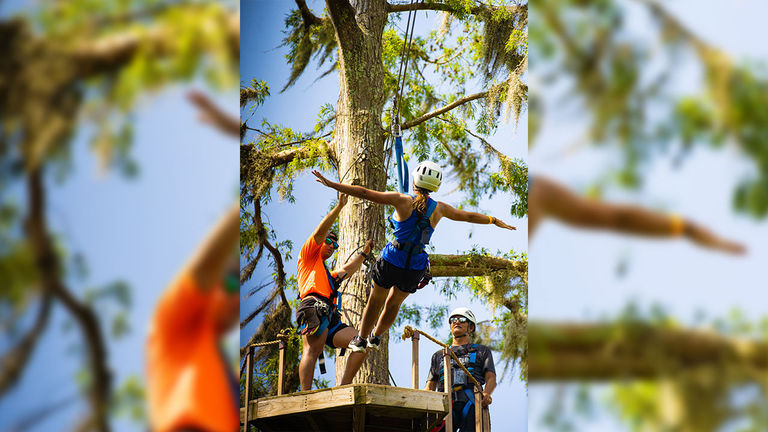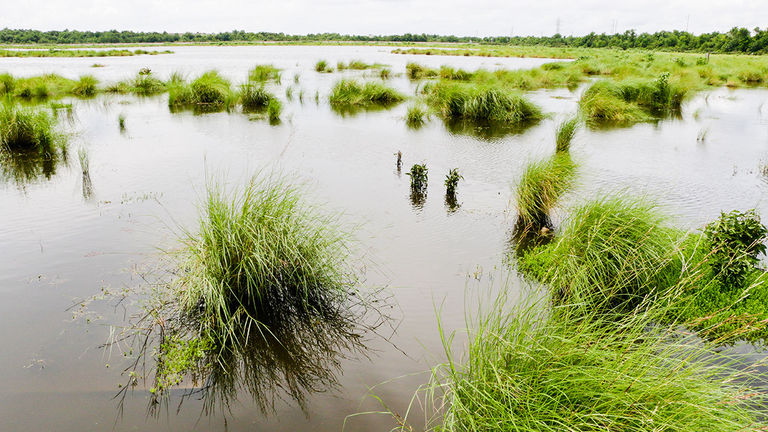New Orleans is legendary for its iconic character, cuisine and culture, but more and more, travelers are also taking note of the unique outdoor activities available within easy distance of the city.
“The outdoor recreational opportunities are significant, and I think often missed,” said Walter Leger, president and CEO of New Orleans & Company. “There are a lot of places within 30 to 45 minutes of the city that you would never believe without seeing them, but you can very easily access these things just outside the urban area, and really get a deeper appreciation for the nature that surrounds us.”
Here are a few noteworthy recommendations to share with clients bound for the Crescent City.
Zipline Above the Swamp
The recently opened Zip NOLA bills itself as “the world’s first fully aquatic swamp zipline.” With about a 30-minute drive from New Orleans, adventurers can soar over the swamp, potentially sighting alligators, turtles, snakes and more wildlife from the safety of the treetops. Zip NOLA even offers add-on shuttle service to and from New Orleans for $25 per person.
 Zip NOLA is a new offering just outside the city.
Zip NOLA is a new offering just outside the city.
Credit: 2023 Zip NOLA
Explore the Bayou
Located on the outskirts of the city, the 27,190-acre Bayou Sauvage Urban National Wildlife Refuge is one of the last remaining marsh areas adjacent to Lake Pontchartrain and Lake Borgne, and serves as a haven for wildlife, including alligators and some 340 bird species. During a visit, clients can hike a half-mile boardwalk trail, go fishing and more.
 Bayou Sauvage Urban National Wildlife Refuge is close by, but feels worlds away.
Bayou Sauvage Urban National Wildlife Refuge is close by, but feels worlds away.
Credit: 2023 New Orleans & CompanyTake an Eco-Tour
Coastal erosion is compromising a shocking amount of Louisiana land. To learn about these endangered areas and the measures being taken to protect and restore them, travelers can choose from a number of eco-minded tour operators.
Louisiana Lost Lands, for instance, offers guided kayaking tours of the Louisiana wetlands that begin in New Orleans with an education session, before kayakers caravan about 45 minutes to the closest remaining cypress tupelo swamp.
Or, on a “Do the Delta” Discover Tour from The Great Delta Tours, clients can visit working fishing communities, see “ghost forests” created by land loss and spot wildlife in areas that tourists rarely experience.